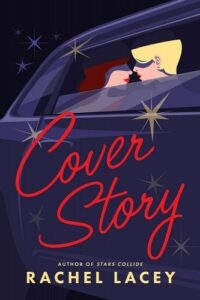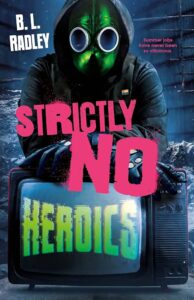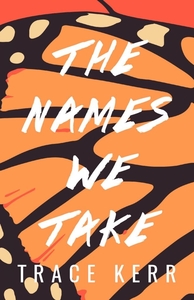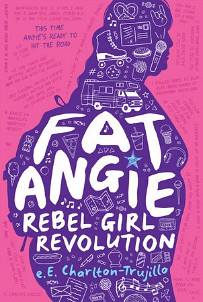Buy this from Bookshop.org to support local bookstores and the Lesbrary!
Natalie Keane is one of Hollywood’s top leading ladies. Unfortunately, with fame comes unwanted attention, sometimes in the form of crazed fans turned stalkers. With award season approaching as the man who held her hostage gets released from prison, Natalie agrees to extra security. To avoid another tabloid spectacle, her bodyguard, Taylor Vaughn, poses as her in-house girlfriend. Is it the perfect cover story, or will fantasy and reality blur as these two women grow closer?
After reading Rachel Lacey’s Stars Collide last year, I was all too eager for another sapphic celebrity/forced proximity story. This one even features a character from Stars Collide (plus a few fun cameos): Taylor, who was previously Eden Sands’ security detail. The story is layered, focused on healing from past trauma instead of the trauma as it happens. With most stories, we neglect that process, going from a dire situation to a rescue to a happily ever after epilogue. Lacey invites us to recognize how trauma can have a ripple effect on our lives, and how healing is an ongoing process. Natalie learns how to build a safe space for herself, even knowing that nothing in this world, including her own safety, is guaranteed.
To be completely honest, the chemistry felt rushed and forced for me. There’s a flare of initial attraction between the two women when they first meet, not when Taylor interviews to become Natalie’s bodyguard, but even before that, as a memory. We don’t feel and experience that moment live, which fails to give readers the chance to experience what the characters felt as it happened. Most of the conflicts don’t feel dire, which creates a lack of tension. Since the story is focused on healing after a trauma, it’s more reliant on internal conflicts for momentum. We get a lot more show than tell (internalizing than action) as a result. Also… there’s an adorable little kitten in the story, and while she becomes a way for the main characters to bond in a cute found family moment, she’s all too quickly forgotten once the main characters start sleeping together.
Recommended for fans of Alexandria Bellefleur and Anita Kelly’s sapphic romances.
The Vibes
⭐ Sapphic Romance
⭐ Hollywood Romance
⭐ Actress/Bodyguard
⭐ Fake Dating
⭐ Forced Proximity
⭐ PTSD/Healing From Trauma
Quotes
“I’m less afraid when I’m with you.”
“Everything felt better, brighter, less overwhelming or terrifying, when Taylor held her.”
“Our cover story became a real-life headline.”
“She brought Natalie here to show her the stars, but instead, Natalie had made her see stars in a completely different way.”




